
Photo provided by http://garnerco2.com
“To be carbon neutral means removing as much carbon dioxide (CO2) from the atmosphere as is emitted” (1). In order for Costa Rica to become the first carbon neutral country by 2021, the country’s 200th anniversary, it is taking steps to reduce emissions and strengthen climate resilience. On September 23rd, 2014 at the United Nations Climate Summit, a place where leaders around the world engage in conversation on the advancement of climate action and ambition, President Luis Guillermo Solís announced plans for Costa Rica to achieve such goals(2).
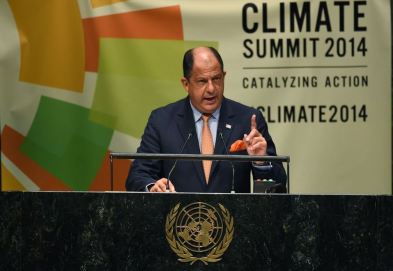
President Luis Guillermo Solis at the 2014 Climate Summit Photo provided by http://www.un.org/climatechange/summit/media/
He plans to make changes specifically in public transportation and clean energy production. In the case of transportation, the government plans to introduce a coordinated network that includes an electric rail system, supplemented with a bus service using only biofuels (3). Costa Rica currently produces more than 80% of the country’s total energy based on renewable sources. The President announced further plans to launch the Reventazón hydroelectric project, to supplement the hydropower plant in Tilaran, with the goal of generating electricity from fully renewable sources within the next year. These are just a few steps Costa Rica is taking to become a more sustainable country.
Becoming carbon neutral leads to “carbon offsets.” Carbon offsets occur when less carbon dioxide and other greenhouse gases are in the atmosphere than would otherwise occur (1). The advantage of being carbon neutral and producing carbon offsets is that people are encouraged to take personal responsibility for their
carbon footprint and invest in green, renewable energy. There are a few obstacles Costa Rica may face while attempting to become a completely carbon neutral country. These include people using the carbon offset as an excuse to pollute more and the fact that the movement to reduce emissions exploits guilt and overemphasizes an individuals’ responsibility. Putting too much pressure on individuals to reduce their carbon footprint diminishes the pressure put on the government and industries, where much of the responsibility rests.
Costa Rica has many reasons to push for carbon neutrality. In 2007, Costa Rica decided to attempt to become a carbon neutral country and set a goal for fixing as much CO2 as it emits by 2021, to commemorate the bicentennial of its independence. Costa Rica is the world pioneer in carbon neutrality, paving the way for other countries to reduce their carbon footprint, and strive for sustainability (1). This not only improves Costa Rica’s environment, but also their national reputation. Latin America is a region well known for violence, inequality and poverty, by becoming the first country to be carbon neutral, Costa Rica’s progressiveness can provide hope and encouragement for other countries.
Related Links:
Information on the 2014 UN Climate Summit
Information on the Reventazón hydroelectric project
Information on Carbon Neutrality in Costa Rica
While visiting Costa Rica I have been able to see first hand the changes industries and people are making to become a more sustainable country. Our study abroad group had the chance to visit the Costa Rican Institute of Electricity (ICE), which is the government-run electricity and telecommunications services provider that services the majority of the country. Approximately 78% of the energy provided by ICE comes from hydropower plants and an additional 3.5% is generated using wind turbines in Tilaran! A major way Costa Rica is moving towards carbon neutrality is by decreasing their dependence on fossil fuels and relying more heavily on alternative resources of energy.
When visiting The University of Georgia-Costa Rica Campus in Monteverde, we toured an organic coffee farm called Bella Tica and learned how coffee is processed. Ersi, the coffee farm owner, described to the group the pathways of the resources put into and resulting from processing coffee. The methods used at Bella Tica was a clear illustration of people taking responsibility for their carbon footprints. Large amounts of waste is created when processing coffee cherries, washing beans, and packaging the final product. Ersi found a way to reuse every output of the process. For example, at Bella Tica the pulp from the coffee cherry is dried and fed to the family chickens or composted and the angel hair skin of the coffee beans are collected and sent to another town where they are made into paper and sent back to Ersi who uses the paper to make bags to sell her coffee in. Other examples of reusing resources is seen when following the water involved in washing the beans. All the water used to wash the beans flows to an anaerobic digester that produces methane. This methane is then used to run the kitchen appliances in Ersi’s home!
Later on during our trip to Costa Rica we visited Coopedota, a large-scale coffee producer and distributor in Santa Maria. Coopedota has been making changes to the way they produce coffee and remove the waste accumulated in the process. The company is successfully reducing their carbon emissions by planting trees throughout their coffee plantation to help consume CO2 and offset the amount of it in the air. In the past Coopedota was not properly disposing of their waste and was allowing it the accumulate in a nearby river. Since then Coopedota has addressed the problem and has found alternative ways to deal with their waste. The coffee cherry pulp that is removed from the beans are collected and ,with the addition of worms, are composted and used as fertilizer within the plantation.The thin layer of skin between the bean and cherry pulp is dried and used as kindling in the furnaces used to roast the coffee. The waste water produced in processing the coffee beans is filtered and then used for irrigation. Today Coopedota is successfully 90% carbon neutral!
The pictures above were taken at the coffee plantation of Coopedota. On the left is a Costa Rican woman from a local town picking cherries. The middle picture shows the disbursement of trees throughout the coffee plants. The picture on the right is a close up of a coffee plant at Coopedota.
It was a very unique experience to witness first hand the changes Costa Rica is making as a country to reduce carbon emissions, their reliance on fossil fuels and become a more sustainable country. I hope their success will raise awareness and encourage other countries to make changes towards becoming more sustainable and eco-friendly.
References:
(1) An article of climate change and carbon neutrality in Costa Rica
(2) The United Nations Climate Summit official website offering more information on the event



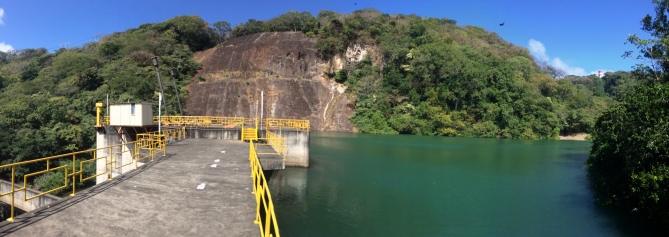
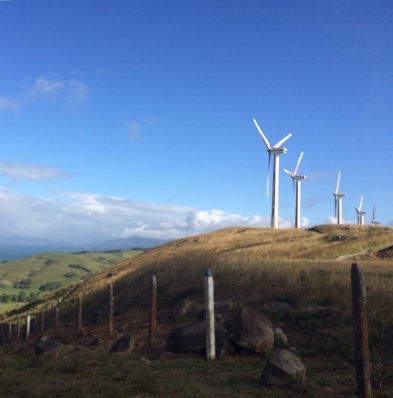
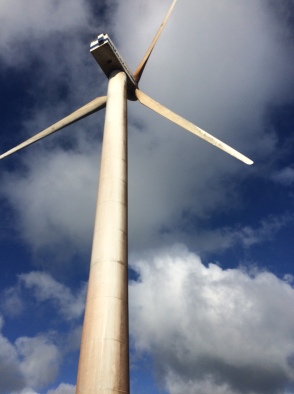
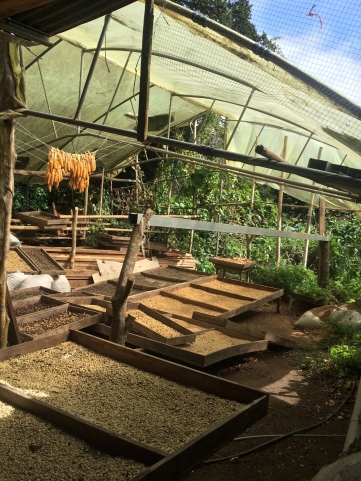

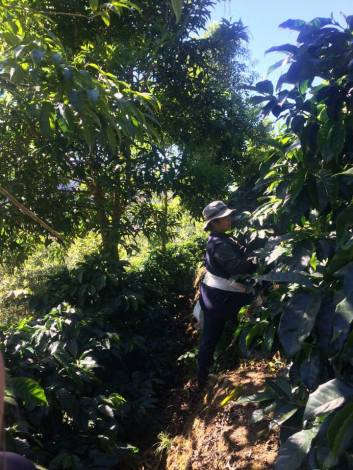
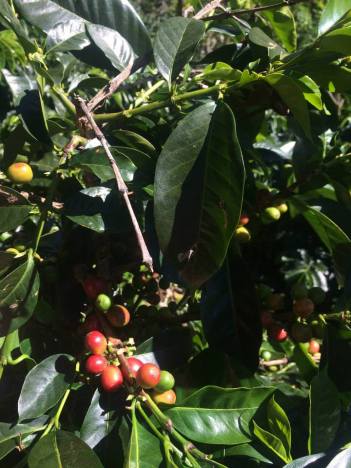
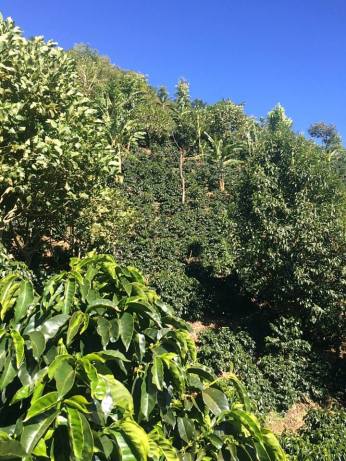

December 24, 2014 at 12:57 pm
Are there any disadvantages to being carbon neutral? Why do you think Costa Rica is so progressive on carbon neutrality?
LikeLike
December 29, 2014 at 9:13 pm
I found some information about Coopedota, a major coffee producing cooperative in Santa Maria de Dota, that indicates that they were declared the world’s first carbon neutral coffee producer in 2011. I have some websites on my Day Leader Blog that may be interesting to read, especially since there is so much emphasis on the individual as opposed to industry with regards to carbon neutrality.
Why do you think the individual is emphasized in areas like carbon neutrality or sustainability in general? Do you think the mechanism that drives efforts for carbon neutrality (in individual, industrial, or governmental sectors) is the same in Costa Rica as in the United States? Why would this be important to ecological engineering?
LikeLike
January 6, 2015 at 10:52 pm
Thanks Jackie, that’s really intereating about Coopedota! I haven’t heard of that company, but I think that’s really impressive that a whole company can be completely carbon neutral.
I think that the individual is really emphasized when it comes to environmental issues because it is an issue they can play an important role in. I think this strategey can be successful because many people enjoy participating in something they believe they can make a difference in, and I believe this is an issue that individual effforts are noticed! Too much pressure on idividuals can be a bad thing too because it can have an adverse effect and turn people away from the effort.
LikeLike